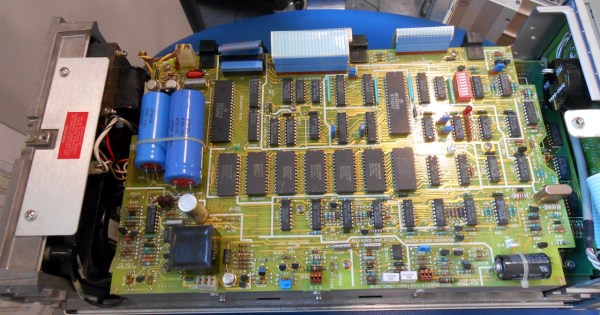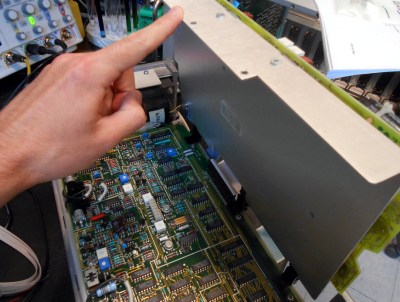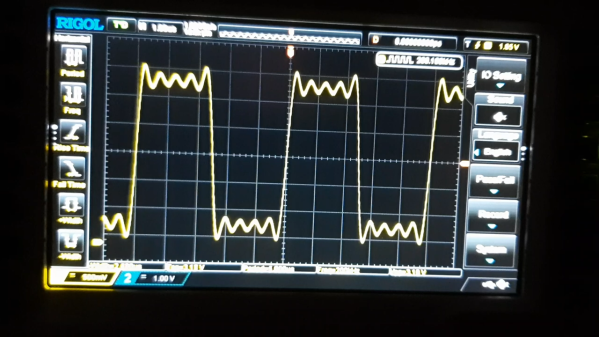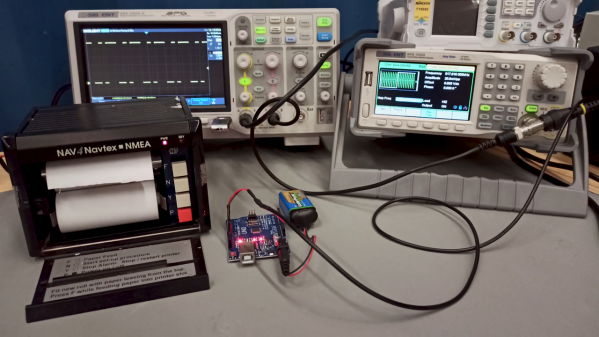It’s always a pleasure to find a hardware hacker who you haven’t seen before, and page back through their work. [Bettina Neumryr]’s niche comes in building projects from old electronics magazines, and her latest, a function generator from the British Everyday Electronics magazine in April 1983, is a typical build.
The project uses the XR2206 function generator chip, a favourite of the time. It contains a current controlled oscillator and waveform shaper, and can easily produce square, triangle, and sine waves. It was always a puzzle back in the day why this chip existed as surely the global market for function generators can’t have been that large, however a little bit of background reading for this write-up reveals that its intended application was for producing frequency-shift-keyed sinusoidal tones.
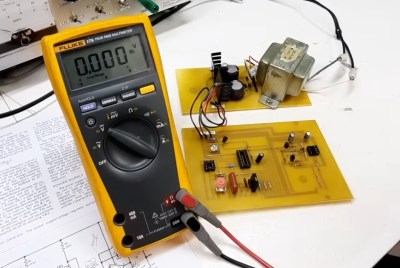
The EE project pairs the XR2206 with an op-amp current generator to control the frequency, and another op-amp as an amplifier and signal conditioner. The power supply is typical of the time too, a mains transformer, rectifier, and linear regulators. There are a pair of very period PCBs supplied as print-outs in the magazine for home etching. This she duly does, though with toner transfer which would have been unheard of in 1983. After a few issues with faulty pots and a miswired switch, she has a working function generator which she puts in a very period project box.
It’s interesting to look at this and muse on what’s changed in electronic construction at our level in the last four decades. The PCB is single sided and has that characteristic yellow of ferric chloride etching, it takes up several times the space achievable with the same parts on the professionally-made dual-sided board designed using a modern PCB CAD package we’d use today. A modern take on the same project would probably use a microcontroller and a DAC, and a small switch-mode supply for less money than that transformer would provide the power. But we like the 1983 approach, and we commend [Bettina] for taking it on. The full video is below the break.



